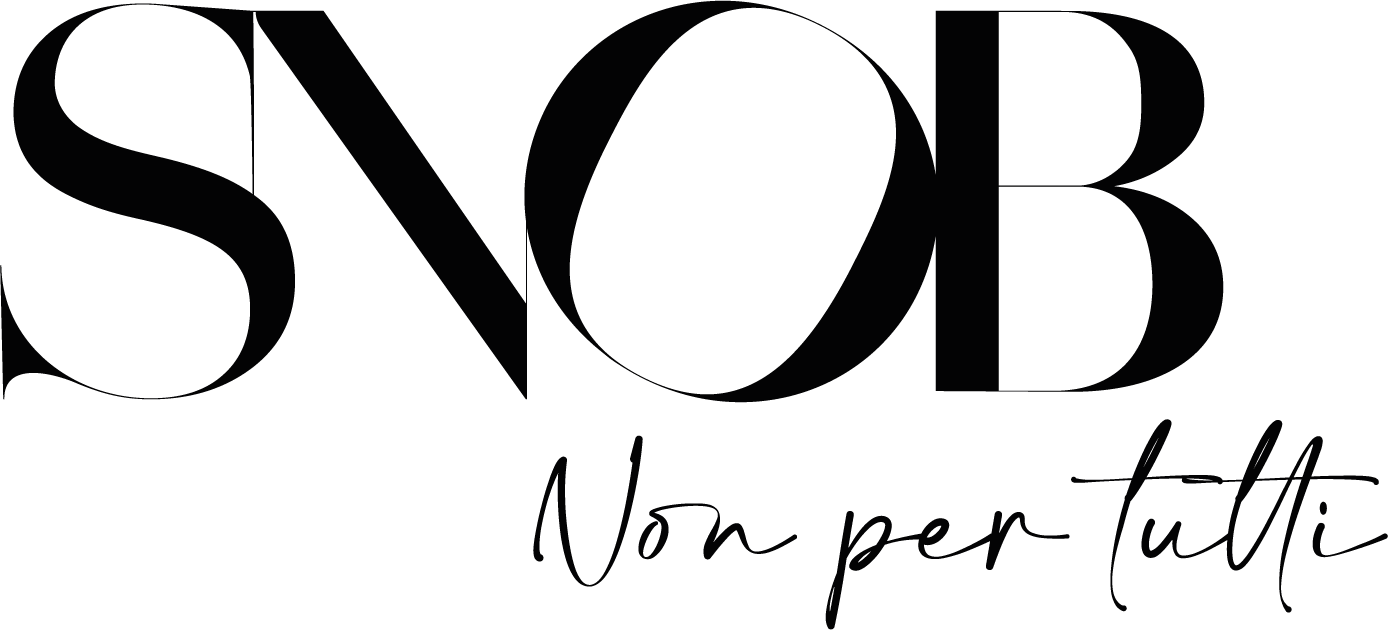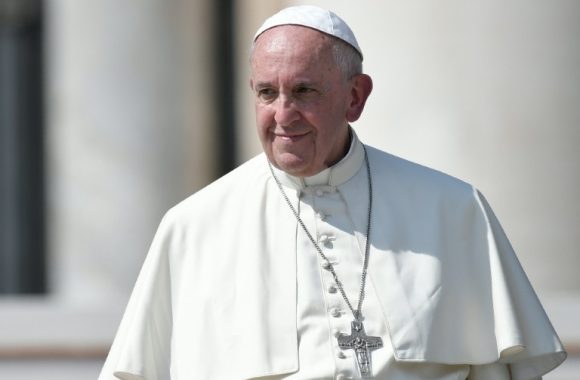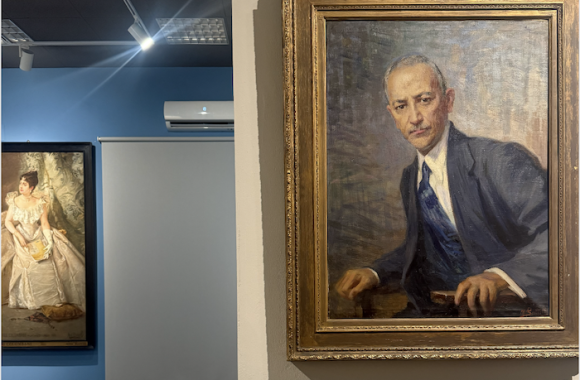It was the end of February last year when I published the first in depth report in Italy of ISIS communication techniques. Europe really only noticed the Islamic State and how dangerous it was during the Charlie Hebdo attack. It was at that moment that we realized this was a new phenomena and in the very heart of Europe. Apart from the numerous instant books which came out one after the other to satisfy our (presumed) desire to know, in other countries all of this had already been investigated for some time and in a serious scientific way.
That first work owes and owed much to the years of research and analysis undertaken by many people, particularly in northern Europe and North America. I specifically described it as a “collective” work and cited, among others, Oliver Roy, Dietrich Doner, Eben Moglen, Jeff Pietra, J:M: Berger, Scott Sanford, the generous Will McCants and Clint Watts, the extraordinary Nico Prucha, Rudiger Lohlker, Leah Farrall, Aaron Y Zelin and Peter Neumannal.
The report ended with a quotation by Elham Manea, one of the most courageous and brilliant voices of contemporary Islam who wrote, “ The truth that cannot be denied is that ISIS has studied in our schools, prayed in our mosques, heard our media and the sermons of our religious leaders, read our books and our sources and has followed the fatwa that we have produced. It would be easy to continue to insist that ISIS doesn’t follow the correct precepts of Islam. It would be very easy. Yet, I am convinced that Islam is what we humans make it to be. Every religion can be a message of love or a sword of hatred in the hands of the people who believe in it”.
Since that first report research has gone on and while one group of people has worked to keep track of and analyze the mass of constantly growing propaganda materials, others have concentrated on the study of particular aspects which, with last month’s Paris attacks , have become tragically central and relevant.
This e-book begins with four sections updating ISIS online (but not only) communications in the light of the military and geopolitical developments of recent months and many newly revealed and collected documents.
The next question we posed is relatively simple and based on certain facts: the extraordinary network system of activists and supporters, the existence of a real global network, their knowledge of sophisticated cryptographic systems, the know-how of the Syrian Electronic Army(one of the world’s best hacker networks) and the many connected networks we have tried to map.
We wondered how, propaganda apart, this network could be used for specific purposes such as financing overseas cells, moving money and logistical organization.
The enquiry which follows recounts what I discovered and the significant links which exist with counterfeiting and money laundering at a global level.
As I specified, “ in this public version of my enquiry I have deliberately omitted certain passages. The aim of my investigation is to describe and help to explain a phenomena and a method (one of the methods) of financing and above all of transferring money which is difficult to trace. In no sense do I want it to be a manual, or an invitation to “do it yourself”. The other reason for omission is to protect certain information and active contacts and to preserve the investigative work of those responsible for national and international security who have been given full access to the unabridged results.
For these reasons the contacts, email exchanges, accounts and phone numbers are not given, just as they are obscured in the images attached.
1. ISIS, from liquid state to territorial organization
2. A battle for fundamentalist identity hegemony
3. Blitzkrieg 2.0
4. Global propaganda
5. ISIS cyber-soldiers networks
6. The connection with the Nigerian scammers network
7. Internet and the financing of ISIS
8. An untraceable money transfer chain
9. The fake identity network
At the beginning of this report, when referring to the conclusion of “ISIS”, the global communication of terror, I quoted Elham Manea when he said“ The truth that cannot be denied is that ISIS has studied in our schools, prayed in our mosques, heard our media and the sermons of our religious leaders, read our books and our sources and has followed the fatwa that we have produced”. It is undeniable that having enrolled Western sympathizers and fighters, ISIS knows our systems, social networks, payment systems and the limits of our research and analysis. It exploits the weaknesses and vulnerabilities of Western societies with a western mindset. We have created a money transfer system which earns commission on the money that immigrants send to their families in poor countries. With first-hand knowledge of how the system works and its limits, they use this system as a weapon against us. We have invented anonymous pre-paid cards and offshore accounts to favor trade but also as a means of exporting currency and tax evasion and they exploit the system’s weaknesses in ways we couldn’t have imagined. We have created social networks aimed at social interaction and membership groups and they, part of the social network generation, have invented a compartmentalized system which evades the social mapping planned by marketers and neutralized by a digital war. (I have written an entire chapter on this with reference to the jihadist article “invading facebook”).
The use of networks by ISIS shows just how wrong the cyber-utopians are and how western legislation based on the liberalist belief in the freedom of internet communications have turned out to be a Trojan horse. The idea that internet “is a weapon for freedom” which could bring down dictatorships and regimes was already undermined during the “Arab Spring” but it continued due to its supporters’ reluctance to admit they were wrong.
Today this idea clearly shows all its contradictions. In reality the idea of internet as an all powerful one-way system to export democracy and freedom was useful to the companies of Silicon Valley when they wanted “few rules and large funds” for the development of their projects. These included anonymous blogging systems to protect democratic activists, direct and private messaging systems and the export of unlimited encryption systems. ISIS is now using these systems with a western mindset against the West.
Not that this should lead people to believe “the web is evil” or “the web should be banned” or that total control could be an effective solution. Exactly the opposite is true. Alongside these distortions in the use of internet, it is often the internet itself which supplies the antidote by providing otherwise impossible solutions, including the use of counter- intelligence. Falling into the banning trap would be like saying that “since kitchen knives can be used in domestic violence, they have to be banned”.
We are afraid of what we do not know, what we are unable to control or dominate, but there are two antidotes to this fear. The first is a solid knowledge of the means and the tool. The other is to be aware that no means or tool is in itself a universal instrument of salvation, just as plain kitchen knives can become an instrument of horror, death and propaganda in the hands of a cutthroat assassin.
However, greater recognition of the potentially dangerous, dark side of new technologies is vital to structural and legislative action against them. Such increased awareness can help us to make cyberspace a safer place with fewer risks. Internet is neither all powerful in the hands of jihadist groups nor in the hands of counter- intelligence forces. It is simply a means for both. Among the countless positive
messages it transmits there are also messages of terror and terrorist recruitment. What really makes a difference are the people and, like all messages, the most effective take root where there is a fertile human terrain. This terrain is made up of segregated poor neighborhoods, subculture, isolation and alienation due to a lack of social integration. Internet did not create these social and cultural ills though it could contribute towards their alleviation. But it is elsewhere that choices and decisions have to made in order to tackle the problems that generate converts and conquest.
Cyber Jihad





One thought on “Cyber Jihad”
Comments are closed.